24 Overlooked Prepper Essentials – Simple Family Preparedness


Do you thrive on preparing for any situation? Are you the kind of person who always stays one step ahead, packing the essentials in case of emergencies? You’ve covered everything, from the classic bug-out bag to a well-stocked pantry. But what if I told you there are everyday items many preppers forget to pack? We often focus so much on the big things that we overlook the smaller yet equally important necessities. Here, we will explore some of the most overlooked items every prepper should have in their stash. So buckle up because it’s time to review your checklist and ensure you’re truly prepared for whatever life throws.
While many preppers remember to bring water, water filters, or purification systems, they underestimate the convenience of water purification tablets. These little tablets are practical and easy to carry, and in a natural disaster, they are a must-have for emergencies.
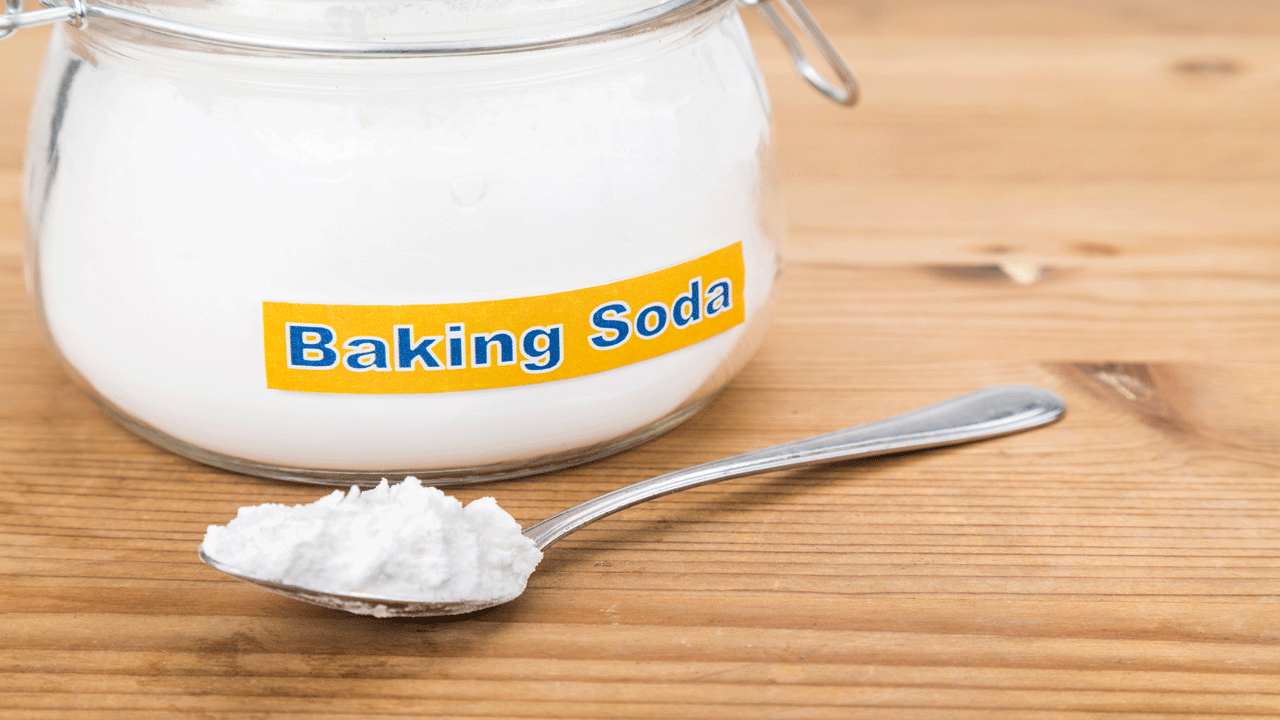
Baking soda is versatile in every household, with many practical uses, particularly in survival scenarios. It is so versatile you can use it as toothpaste, deodorant, or even an antacid to ease indigestion. When combined with other substances, it has the remarkable ability to ignite flames, rendering it incredibly valuable in challenging circumstances.

How many times have you been camping and forgot the can opener? In a survival scenario, canned food can be a lifesaver, but without a proper can opener, opening a can with makeshift tools can be a struggle and even pose a risk of injury.

While cotton balls may seem insignificant, they serve many purposes beyond being a first-aid staple for applying ointments. You can cleverly turn them into a quick candle by soaking them in wax or use them to start a fire by coating them in petroleum jelly.
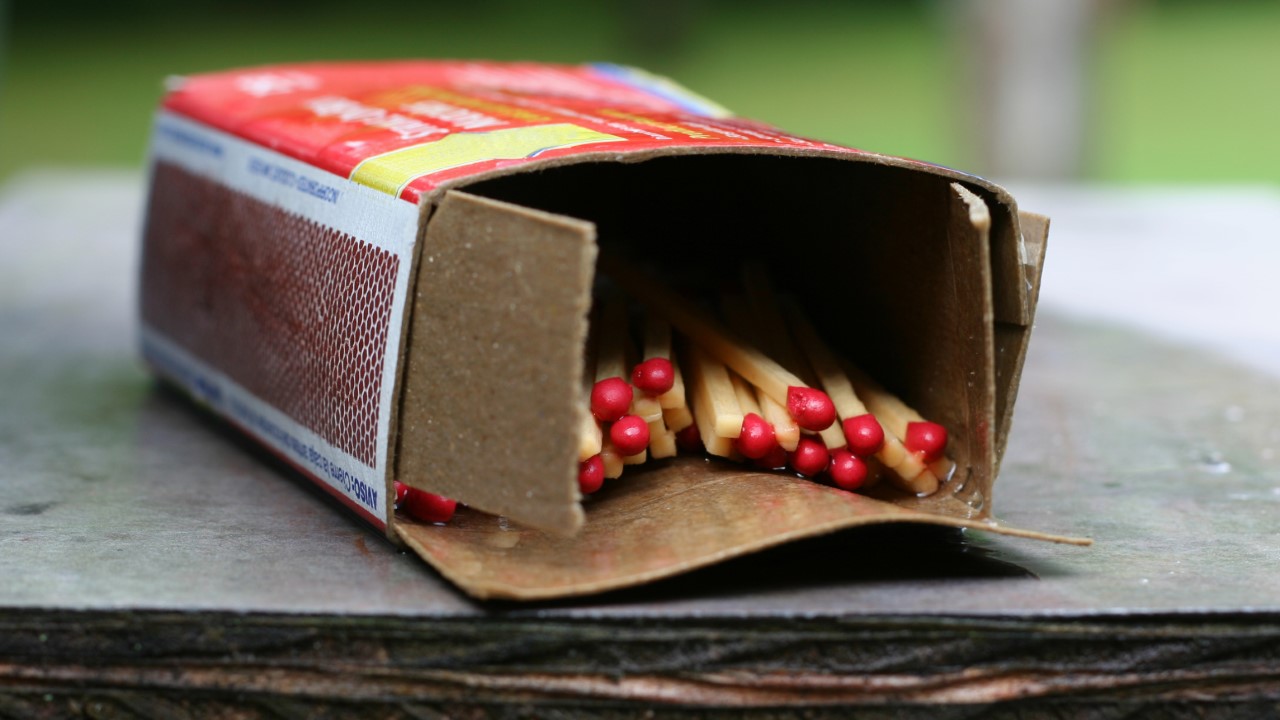
Matches are another essential item for any prepper’s survival kit, but many people forget them because everyone packs lighters that can run out of fuel or malfunction in extreme weather conditions. Waterproof matches are crucial for starting fires to stay warm, cook food, and purify water. You can also use them to create signals for rescue and sterilize needles or tweezers before using them for first aid.

Including multiple pairs of gloves in a survival kit is of utmost importance. Not only do they shield your hands from injuries and maintain cleanliness, but they also offer insulation against frostbite and burns while handling fire or hot objects.
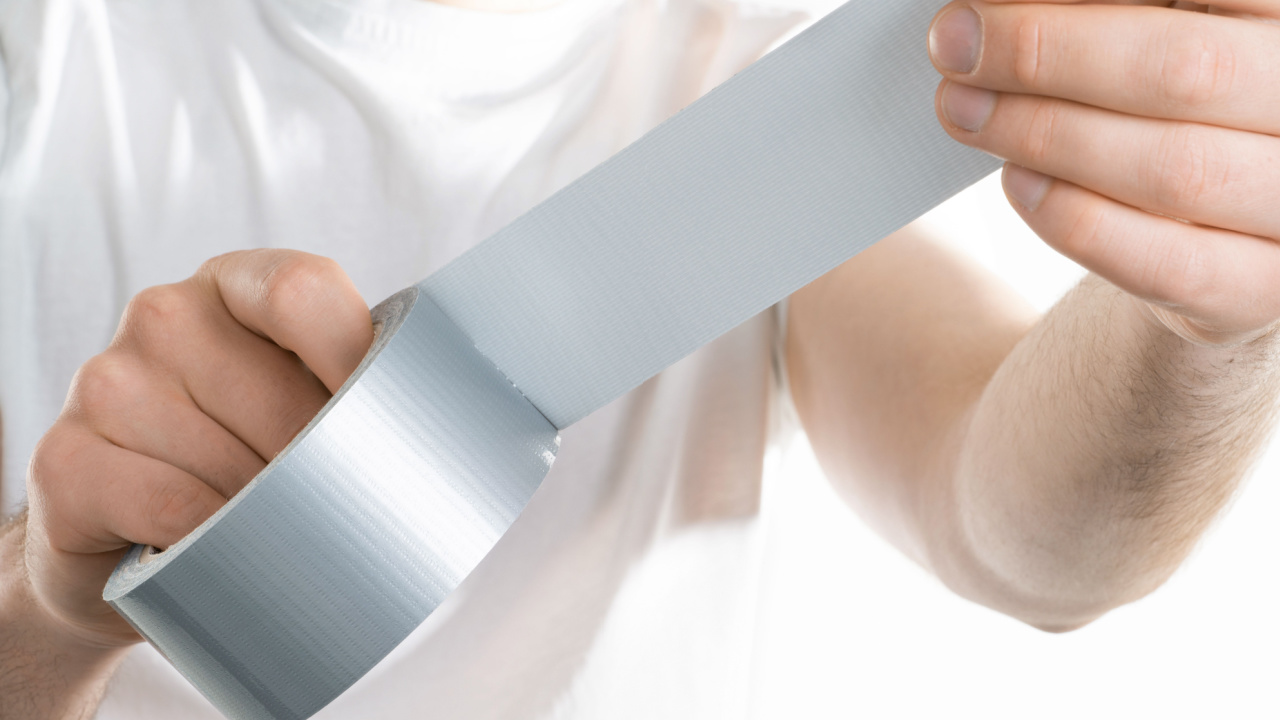
Duct tape is an item for any survival kit because of its many uses. For example, you can repair gear, create shelter, and make improvised bandages or splints. Additionally, duct tape can mark trails or leave messages for potential rescue teams.

In a survival situation, there’s always a chance of running into aggressive animals or potentially dangerous individuals. Having a compact bottle of pepper spray in your survival kit is a smart move for self-defense, helping to protect you from potential harm.
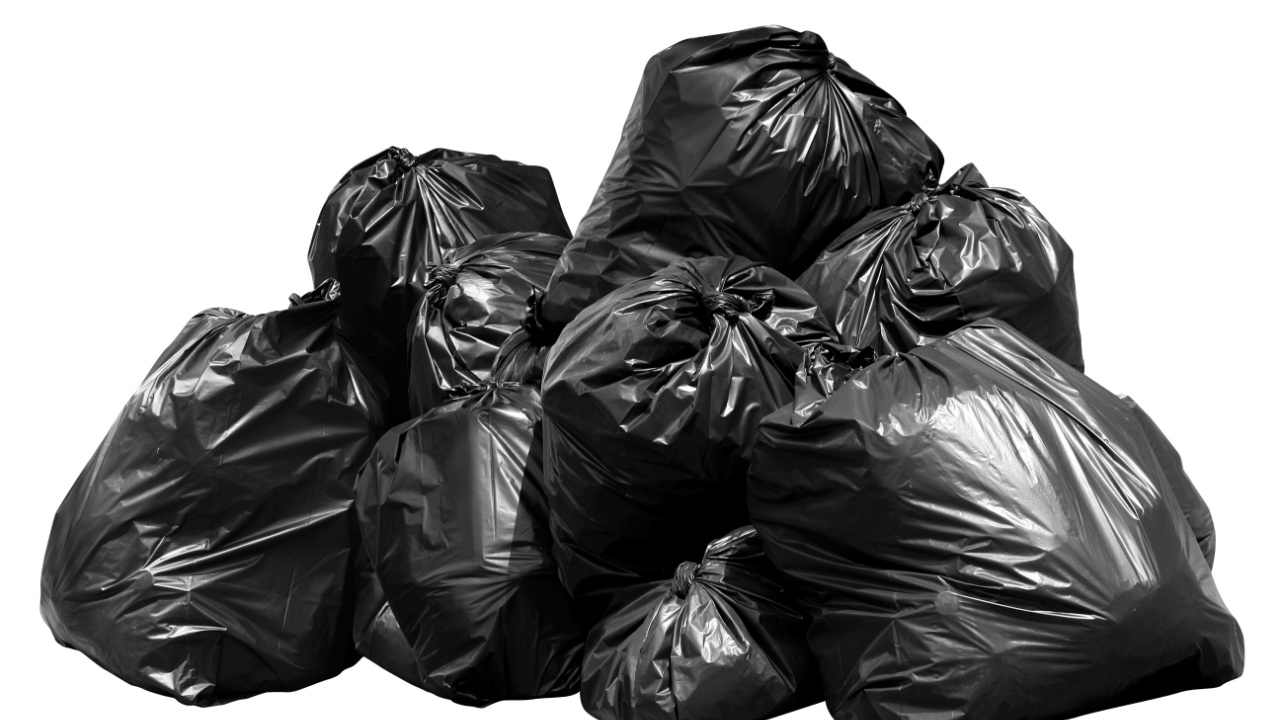
Trash bags may not seem essential for a survival kit, but they have multiple uses, from makeshift shelters filled with leaves or debris or as a barrier against wind and rain. Bags can collect water by placing them over tree branches to capture condensation or as waterproof coverings for gear or clothing, keeping them dry in wet conditions.
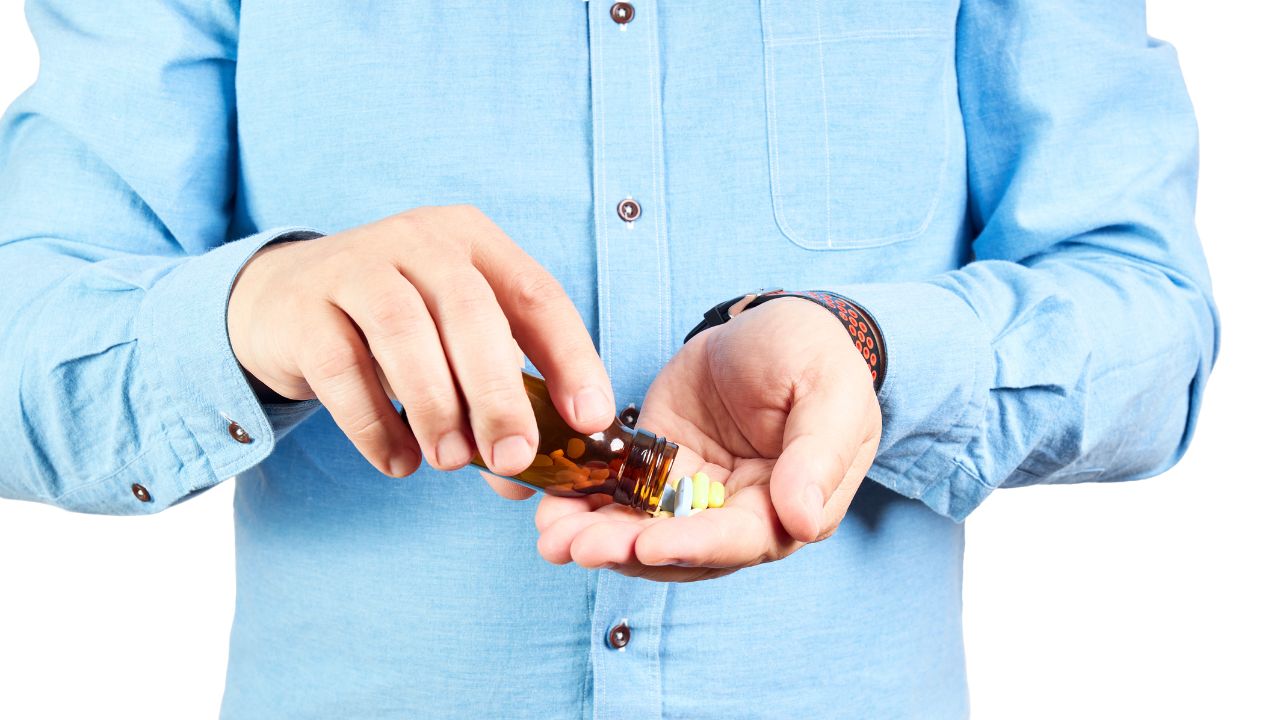
In situations where medical care may be scarce or unavailable, it’s vital to have essential medications in your survival kit. These include antibiotics for infections, fever reducers for high temperatures, pain relievers for injuries or chronic pain, and antihistamines for allergies. It’s essential to regularly check expiration dates and rotate your medications to ensure they are effective when needed.

Communication is super important in survival, and two-way radios can be a lifesaver. They allow you to stay in touch with others in your group or even call for help if you need it.
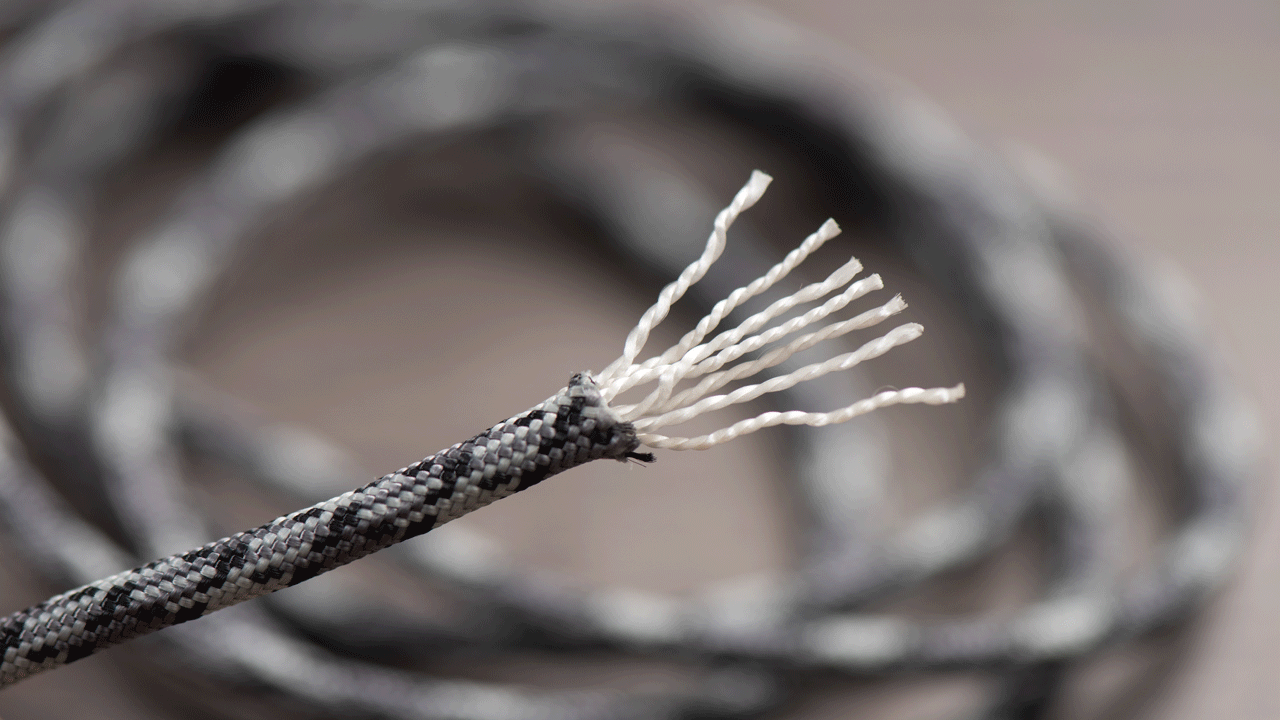
Paracord, also known as parachute cord, is a lightweight and highly versatile rope that proves invaluable in survival scenarios. Its durability allows it to withstand up to 550 pounds of weight, making it ideal for constructing shelters, fashioning traps, or even substituting broken shoelaces.

While it’s easy to overlook adding a whistle to your survival kit, it can be an indispensable tool if you become separated from your group or require assistance. It’s worth noting that three short blasts of a whistle signal someone in distress, a sound known worldwide.

Don’t forget to include a crank lantern alongside the traditional ones when packing for emergencies. Unlike battery or fuel-powered lanterns, a crank lantern operates without relying on them. Some models even have a charging port for devices.
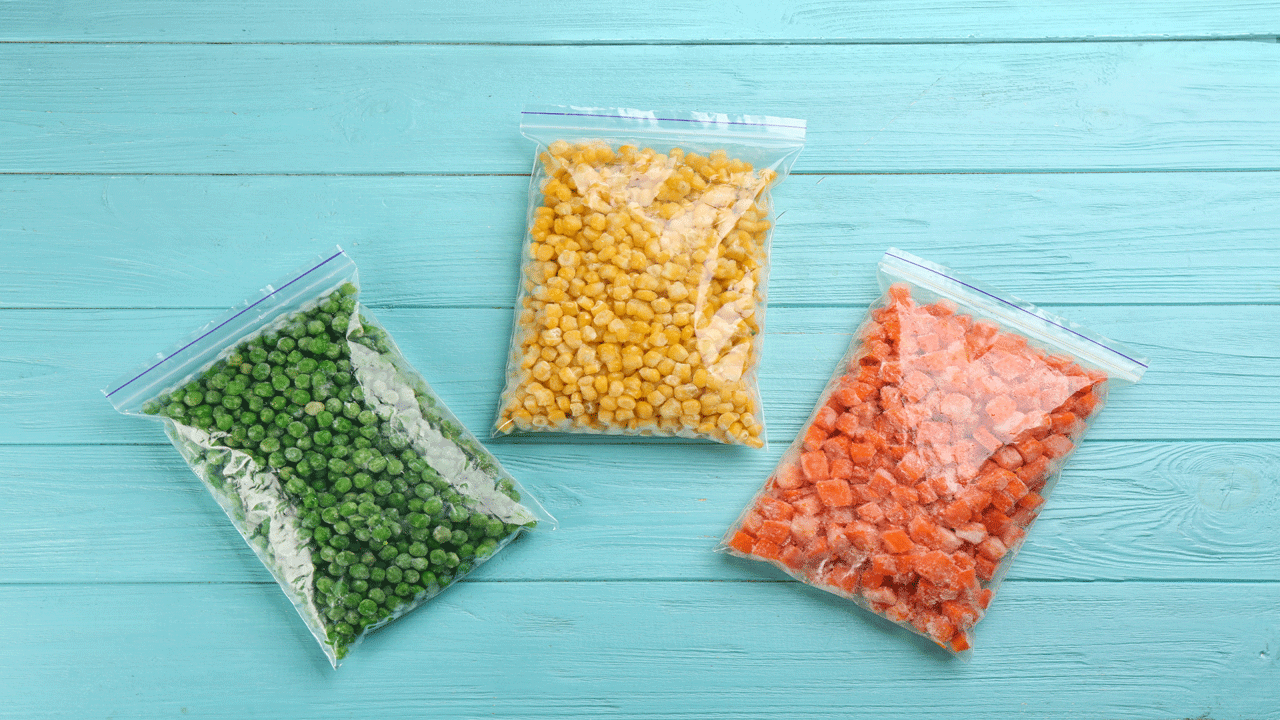
Gallon sized baggies are incredibly versatile and an essential item for survival situations. Whether you want to protect important documents from moisture, collect rainwater, make sandbags, or improvise makeshift gloves, these bags have you covered.
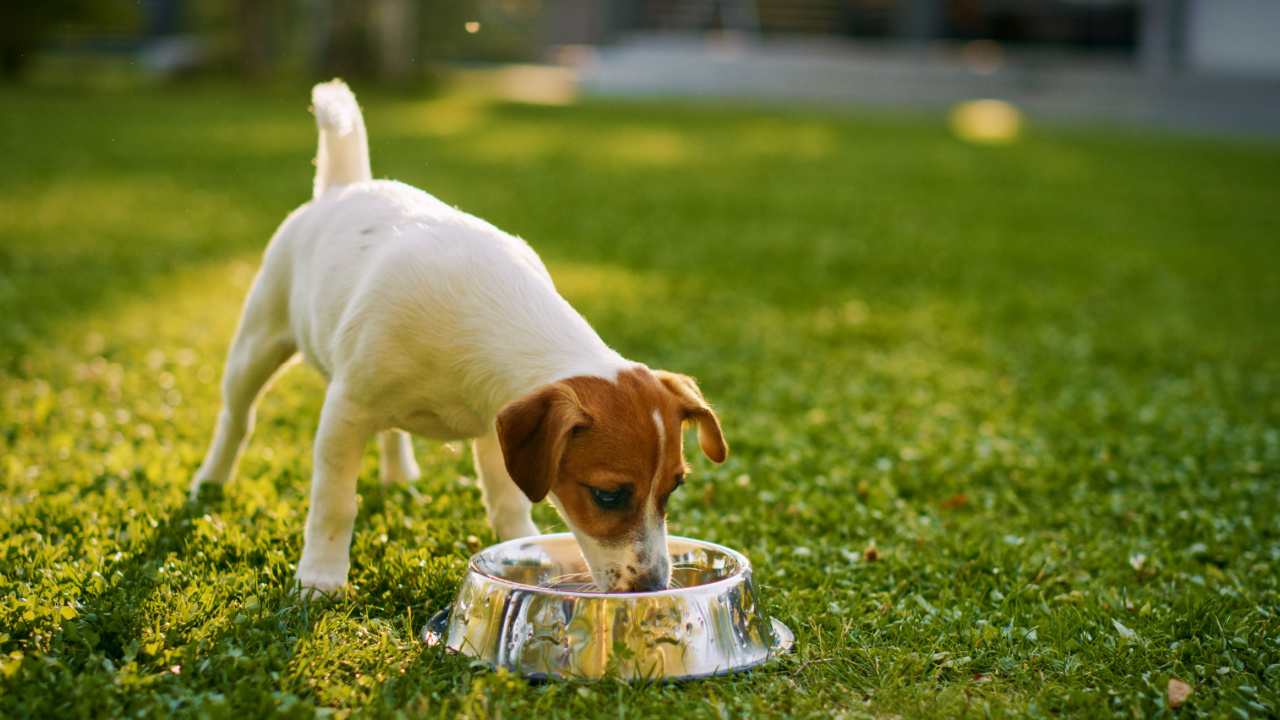
During emergencies, it’s important to pack pet food if you have a furry friend. Opt for long-shelf-life food and rotate it out every few months to ensure freshness.

While survival situations can be stressful and overwhelming, having a source of entertainment can provide much-needed distraction and boost morale. Consider packing books, card games, puzzles, or a lightweight musical instrument such as a harmonica or ukulele to provide some fun and relaxation.

In disaster situations, there may be limited access to healthcare and birth control, so it’s essential to have a reliable form of birth control in your emergency kit. Consider options such as condoms, birth control pills, or an IUD that can last for several years, and remember to check expiration dates and replace them as needed.

When emergencies strike, it’s super important to have cash because ATMs might not work. Make sure to have a mix of bills and coins for easier transactions when buying supplies.

Preppers are known for stocking up on long-lasting food supplies, but one thing that often gets overlooked is their beloved collection of spices and seasonings. These culinary essentials have the power to transform plain canned meals into delectable dishes, providing a much-needed morale boost and a taste of normalcy during times of emergency.
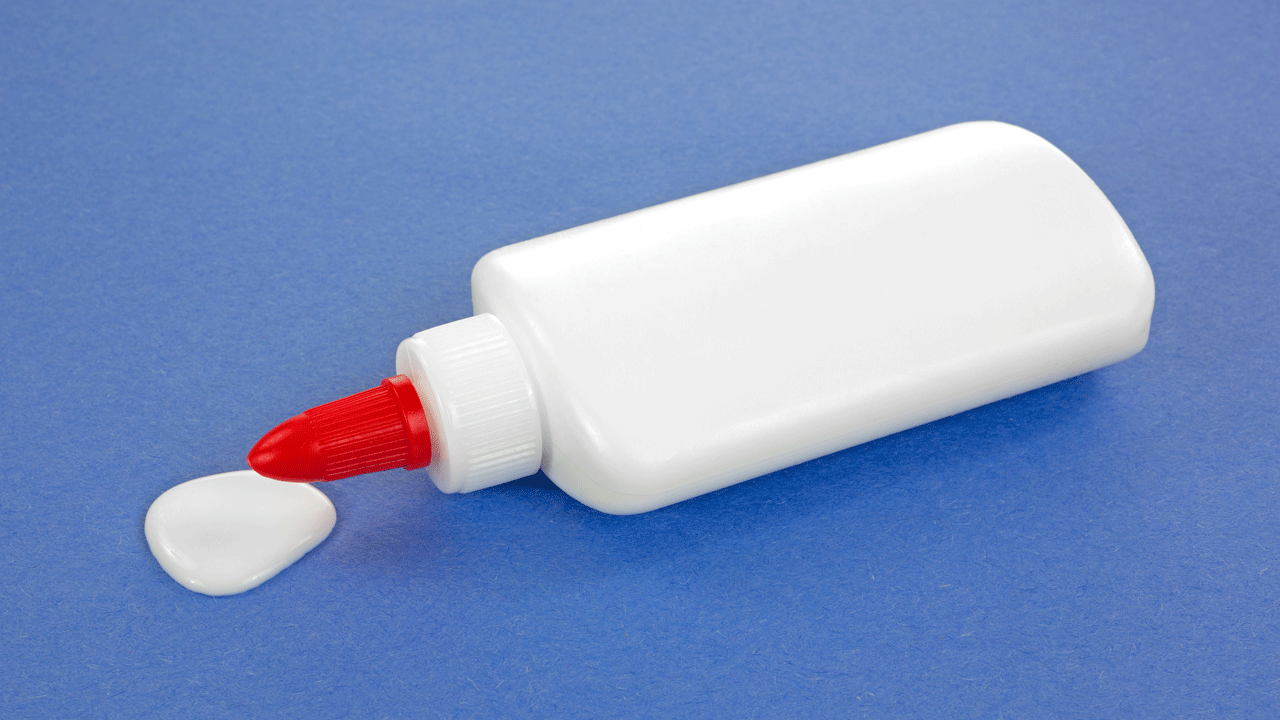
Amid the chaos, it’s common for items to break or become damaged. This is where super glue comes in handy. Keep several tubes of this powerful adhesive in your emergency supply kit to fix broken equipment, repair torn clothing, and even seal wounds in a pinch.

In the digital age, we often assume all important documents and photos are stored online, but internet access may be unavailable during a disaster. Keep physical copies of vital documents like birth certificates, passports, insurance policies, medical records, and family photos if any get separated from your group. You may even want to store them in a gallon-size baggie to protect them from the elements.

A multi-tool is essential for any emergency kit because it combines several tools into one compact device. Look for a multi-tool with a knife, pliers, wire cutters, screwdrivers, and a can opener to cover a wide range of potential needs during an emergency.

In a disaster, access to clean water may be limited, making personal hygiene a challenge. You can use wet wipes for cleaning hands, face, and other body parts without the need for water, and they also come in handy for wiping down surfaces or minor injuries if necessary.

In the face of uncertainty, being well-prepared gives you at least some degree of control and security. The thought of a societal collapse, while extreme, prompts us to consider how we might endure without the conveniences of our current lifestyle. Here’s a list of 20 essential items that could prove indispensable in such a scenario. This guide isn’t about succumbing to fear but embracing preparedness and resilience.
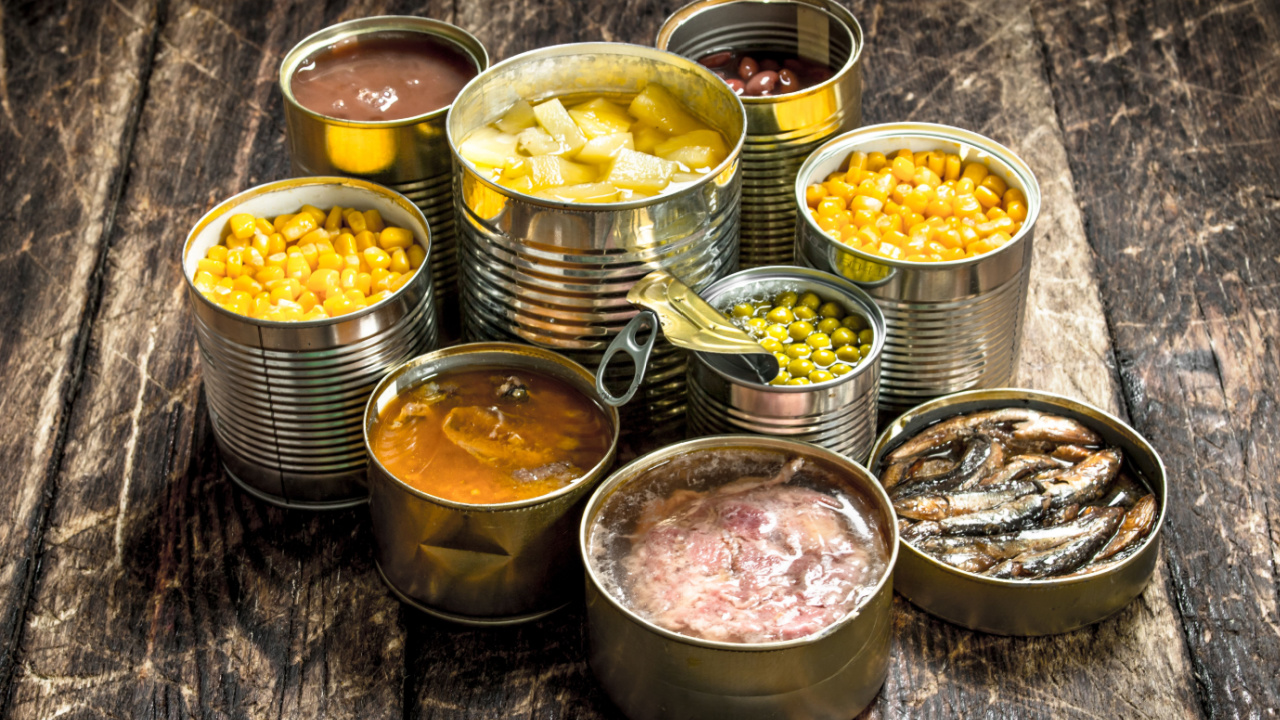
I firmly believe in keeping a well-stocked emergency pantry. While fresh food is ideal, in a survival situation, we may not be that lucky. So, for my family, even though we grow a lot of our own food, canned goods play a crucial role in emergency preparedness. They offer a reliable source of nutrition when access to fresh produce may be limited. The goods you stockpile should be affordable, easy to store, and full of nutrition.
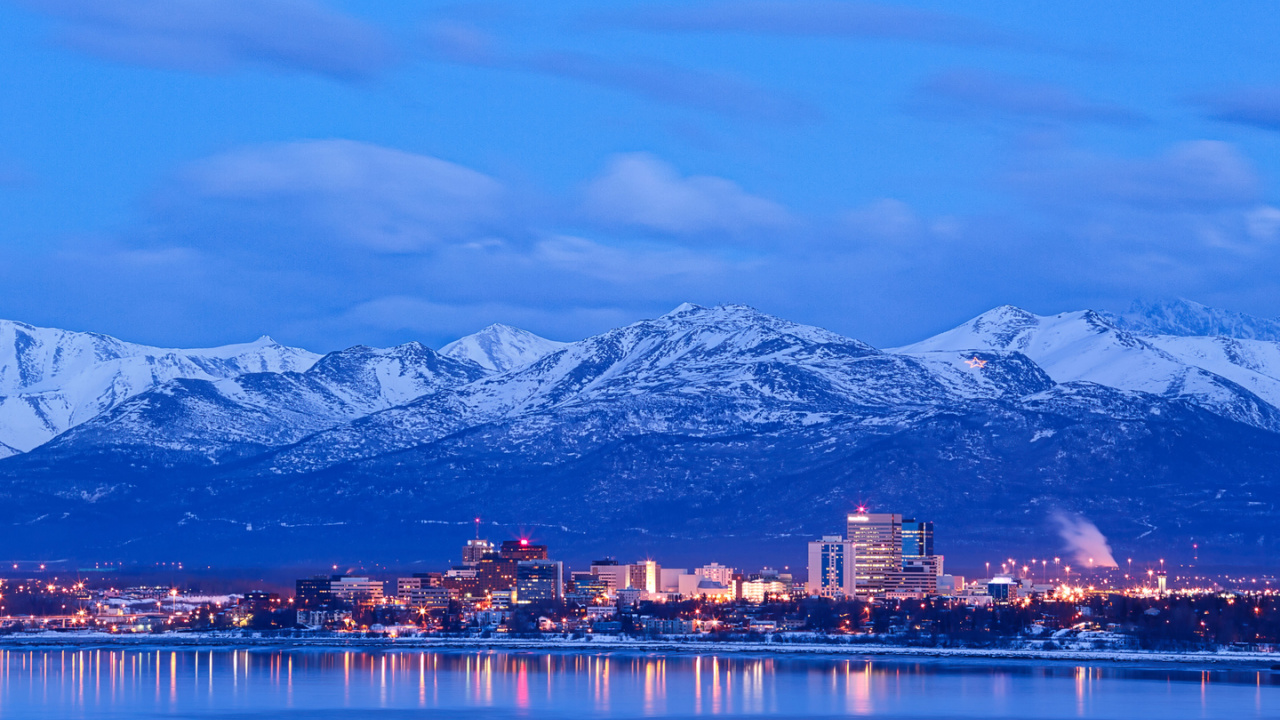
Choosing a refuge in the event of societal collapse involves weighing the pros and cons of each location against your personal preparedness goals and abilities. Whether you’re drawn to the solitude of the desert or the protective heights of the mountains, the key is finding a place that offers safety and the opportunity for growth and renewal.
